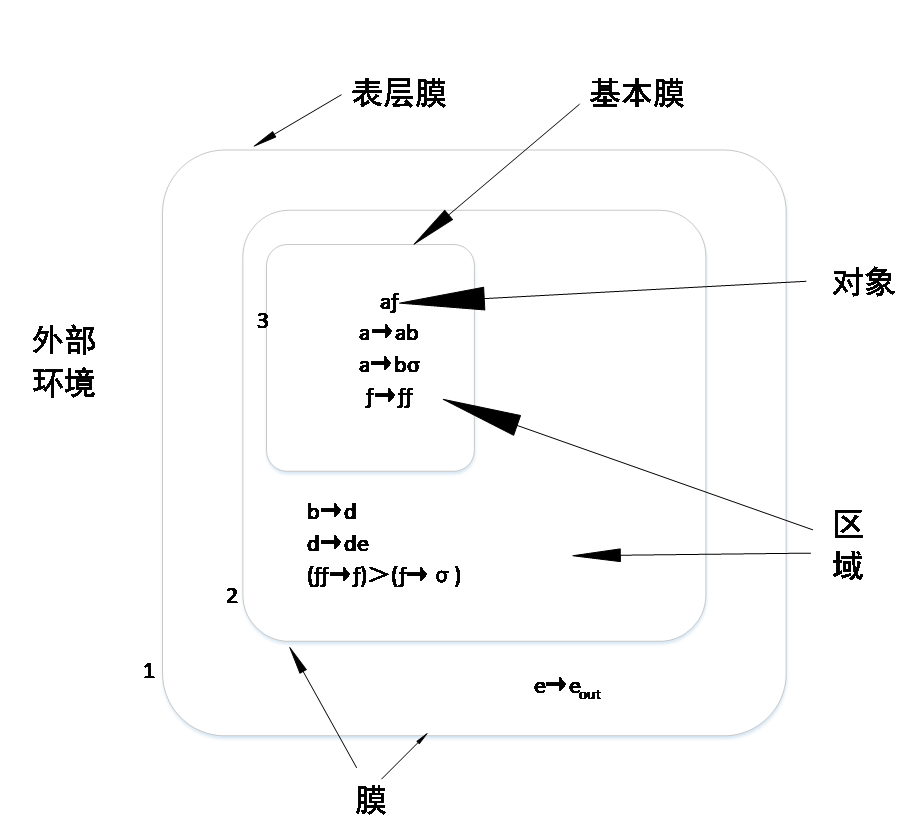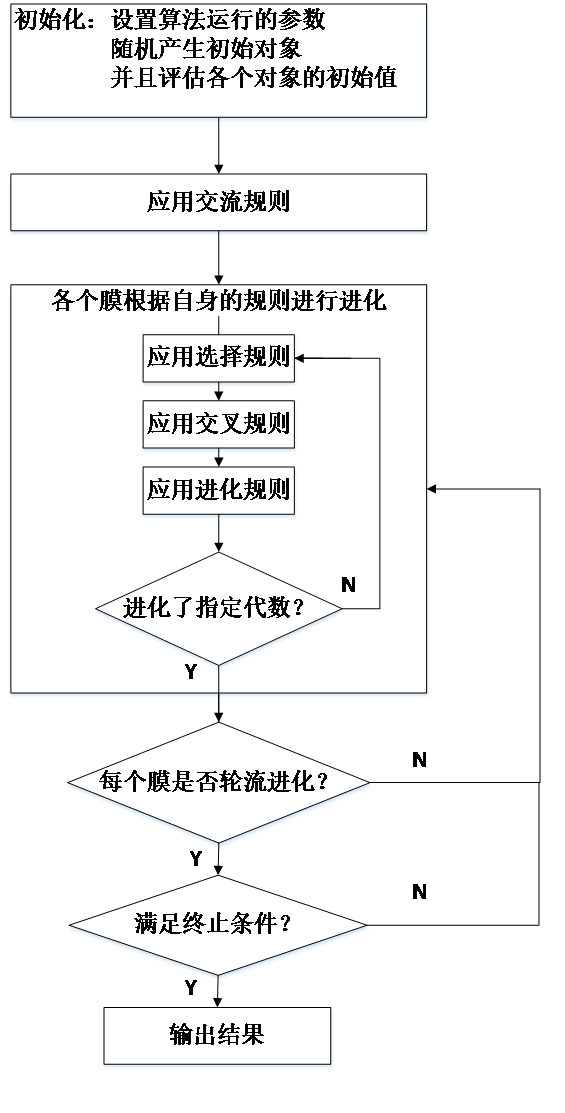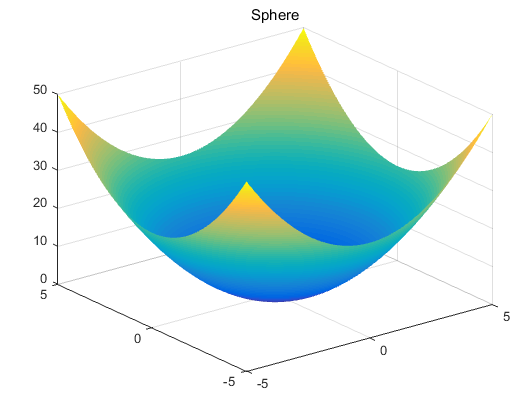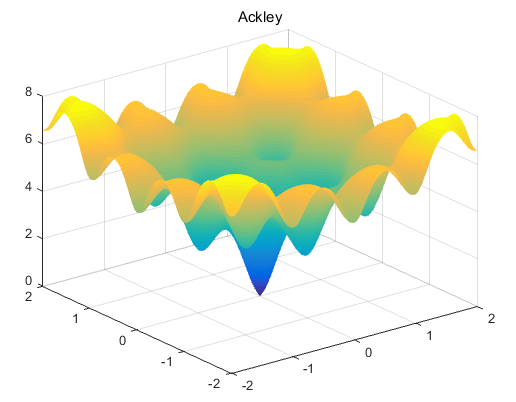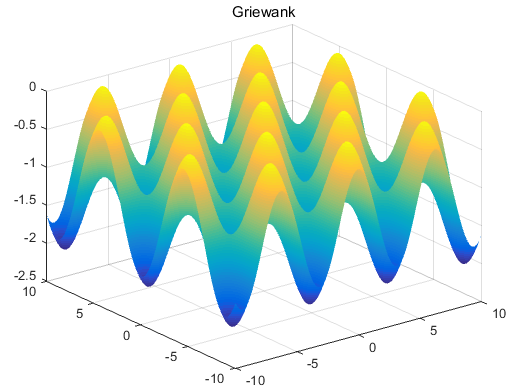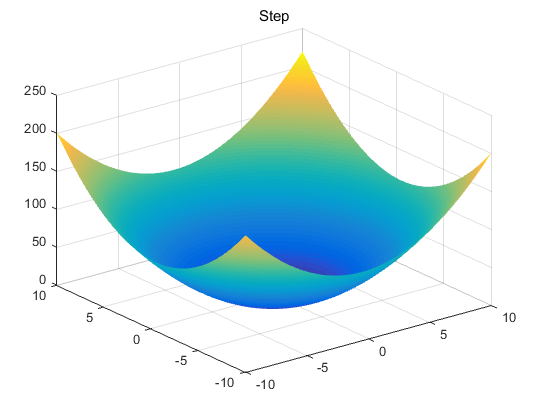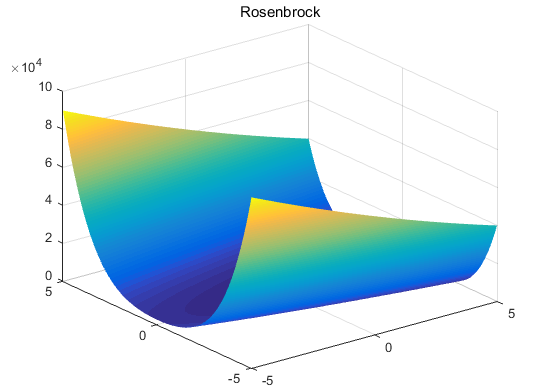渣油加氢裂解过程除杂模型参数最优估计毕业论文
2020-04-15 17:42:30
摘 要
随着原油重质化与原料油需求轻质化之间的矛盾日益严重,经济环保的渣油加氢处理技术已经成为石油化工领域的研究热点。
为了进一步优化操作条件,指导实际生产,降低催化剂的使用成本,本文在茂名S-RHT装置实际运行数据的基础上,选用学者认可的渣油加氢反应动力学模型结构,基于求得的脱硫、脱氮、脱残炭、脱镍以及脱钒五种除杂过程实测数据,将膜计算算法用到渣油加氢裂解过程除杂工艺的混合建模过程中。为预判算法在全局最优搜索中的性能,将膜计算算法用于复杂标准测试函数的最优估计,结果表明该算法搜索速度快、全局搜索精度高、抗欺骗能力强;将算法用于渣油加氢裂解工艺中五种除杂过程的模型参数最优估计问题,结果表明所建模型预测精度高,指导实际生产具有更高的可行度,有一定的应用推广价值。
关键词:渣油加氢 模型 膜计算 参数估计
Optimal estimation of impurity removal model parameters in residue hydrocracking process
Abstract
With the increasingly serious contradiction between heavy crude oil and light crude oil demand, the economical and environmentally technology has become a research hotspot in the field of petrochemical industry.
In order to further optimize the operating conditions, guide the actual production, reduce the cost of catalyst, based on the actual operation data of Maoming S-RHT device, this paper selects the kinetic model structure of residual oil hydrogenation reaction which is recognized by scholar, and applies the membrane computing algorithm to the mixed modeling process of residual oil hydrocracking process impurity removal process based on the obtained measured data of desulfurization, denitrification, carbon residue removal, nickel removal and vanadium removal process. In order to predict the performance of the algorithm in global optimal search,the membrane computing algorithm is applied to the optimal estimation of complex standard test functions. The results show that the algorithm has fast search speed, high global search accuracy and strong anti-deception ability. The algorithm is applied to the optimal estimation of model parameters of five kinds of impurity removal processes in the residue hydrocracking process,and the results show that the model has high prediction accuracy, guides the actual production with higher feasibility, and has certain application and promotion value.
Key Words: Residue hydrogenation; Model; Membrane computing; Parameter estimation
目录
摘 要 I
Abstract II
第一章 绪论 1
1.1研究背景及意义 1
1.2渣油加氢除杂模型研究现状 2
1.3仿生优化算法的发展 3
1.4膜计算理论的研究现状 4
1.4.1膜计算理论研究及应用 4
1.4.2膜计算与优化算法结合 5
1.5本文的主要研究内容 6
第二章 渣油加氢动力学模型的建立 7
2.1前言 7
2.2建立模型 7
2.2.1模型假设 7
2.2.2工业数据及模型的建立 8
2.3本章小结 10
第三章 膜计算算法 11
3.1算法描述 11
3.1.1算法的产生 11
3.1.2膜计算模型 12
3.1.3算法流程 14
3.2算法的改进 15
3.3性能测试与分析 16
3.4本章小结 20
第四章 模型参数估计 21
4.1参数估计结果 21
4.2验证与分析 23
第五章 总结与展望 27
5.1总结 27
5.2展望 27
参考文献 29
致谢 32
第一章 绪论
1.1研究背景及意义
原油作为一种混合物,其主要元素是碳和氢。根据分析,烷基类随着碳原子数的增多,其由最初的气态到液态,再到固态。其中,除了气态烷烯烃类的可以直接作为天然气使用外,液态的烷烯烃类就是汽油、柴油、航空煤油等的主要来源。根据原油中液态组分的含量不同,一般简单将开采出的原油又分为轻质油和重质油。不经处理,同质量的轻质油可通过精馏手段获得比重质油更多的成品油,然而,开采的人为偏好使得原油重质化的趋势越来越明显,原油重质化与原料油需求轻质化之间的矛盾日益严重。目前,各国所开采的石油品质越来越低,就是因为碳、氢的比值越来越高,然而石油炼制中加氢的过程可以使所有石油的碳、氢比下降[1],同时可有效提高重质原油到成品油的转化效率。在催化剂的作用下,通过给原油中的重质固体组分加氢,原油中的固态重质组分与氢原子结合并裂解,变成液态成品油及其它轻质组分。这样可以提高重质油的利用率。
在石油的炼制中,通常都会产生一些渣油,由于这些渣油的年产量巨大,所以对渣油的处理很重要,所以人们通过使用加氢脱硫的催化裂化技术,这样不仅可以对渣油进行二次利用,防止污染环境,还能得到许多加氢技术的使用数据,为加氢技术的更新提供帮助[1]。
然而如前所述,渣油结构复杂,其中还含有硫(S)、氮(N)、残炭(C)、镍(Ni)、钒(V)等元素及环结构分子[2],这些元素会对裂解工艺中的催化剂产生毒害作用,所以在重质油轻质化的过程中,应尽可能除杂,防止催化剂失活,一方面提高催化剂的使用寿命以确保渣油加氢裂解工艺长期运行,更重要的是使同品质的原油获得稳定且长期的高效转化效率。
以上是毕业论文大纲或资料介绍,该课题完整毕业论文、开题报告、任务书、程序设计、图纸设计等资料请添加微信获取,微信号:bysjorg。
相关图片展示:
